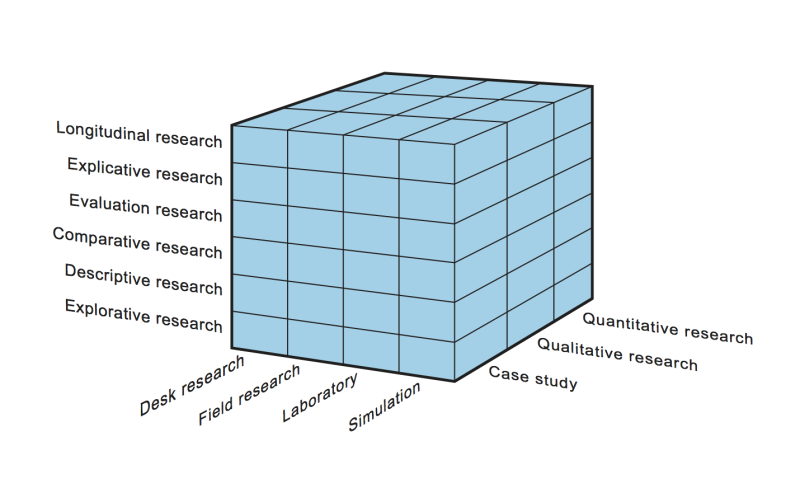
Field research
Field research is one of the four options where to gather the data for a research. Field research is characterized by the collection of data directly from the empery (the real world).
Four basic ways to collect data?
The other three ways of gathering data are desk research, (the data are derived from textbooks, articles, archives, and so on), laboratory (the data are derived from a standardised situation) and simulation, (the data are derived from a fictive situation). These ways are the common methods for filling a database.
In field research the data base is filled by observing, interviewing or measuring the empery. It is good to have a codebook in advance. Now it is easy to fill the database with numbers or text. This prevents a researcher from gathering data that do not help to answer on the research question. Furthermore, it prevents the researcher for spending time and effort on things that are of no use.
Because the information is collected directly from the empiry, it has the advantage that the results of the research accurately reflect reality. Compared to laboratory measurements, the intended aspects can be difficult to measure due to bias. However, it may take a little more time, money and effort to collect the data. Field research has more potential in predicting other situations pretty well for reasons of external validity.
Related topics to field research.
Field research is one of the basic forms of research types
Every research can be classified on three dimensions:
1) the research design
2) the location of data collection and
3) the number of cases.
Together they form the research cube. With this classification 72 types of research can be distinguished.



